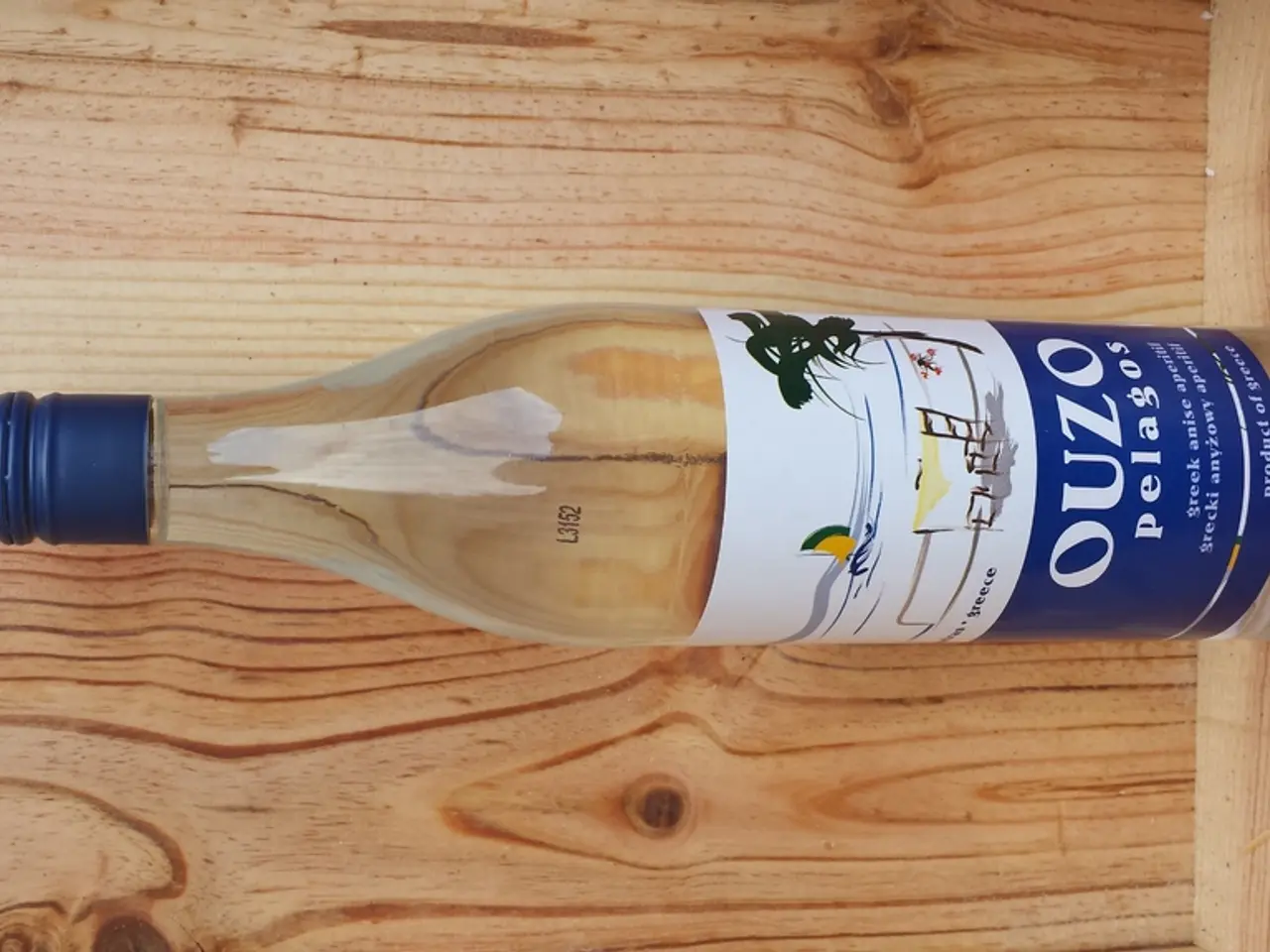Water-Based Electromagnetic Control Method for Time-Frequency Modulation - Project ID 49809001
Introduction
The Environmental Protection Agency (EPA) has published a detailed analytical method, MRID 49809001, for determining the concentration of TFM (3-trifluoromethyl-4-nitrophenol) in water samples. This chemical is commonly used as a lampricide to control sea lamprey populations, and the method aims to accurately quantify TFM residues in environmental water samples to monitor compliance and environmental impact.
Sample Preparation
Water samples are collected from relevant environmental sites and may undergo filtration to remove particulates. Depending on the sample matrix and target concentrations, samples might be concentrated by solid-phase extraction or liquid-liquid extraction to achieve necessary detection limits. However, EPA MRID 49809001 primarily focuses on direct injection after filtration.
Chromatographic Conditions
The analysis employs High-Performance Liquid Chromatography with Ultraviolet detection (HPLC/UV). A reverse-phase HPLC column (typically C18) is used to achieve good separation of TFM from interferents. The mobile phase is a mixture of water and an organic solvent such as acetonitrile or methanol, sometimes with additives to adjust pH (possibly phosphate buffer) for optimum peak shape and reproducibility. The flow rate is around 1 mL/min, and the injection volume is typically 20-50 µL. TFM absorbs UV light strongly near 280 nm, so this or a close wavelength is used for detection.
Calibration and Quantification
Calibration standards of TFM are prepared in aqueous solution covering the expected concentration range. A calibration curve is plotted by relating peak area (or height) to concentration. The curve must show good linearity (R² typically >0.99). Sample TFM concentrations are calculated by interpolating from this curve.
Method Performance and Validation
The method's precision is evaluated through replicate injections and replicate sample analyses, showing acceptable relative standard deviations (e.g., <5-10%). Accuracy/recovery is demonstrated through spike and recovery studies, adding known amounts of TFM to blank water, with recovery typically within 80-120%. The Limit of Detection (LOD) and Limit of Quantification (LOQ) are determined by signal-to-noise ratio or statistical methods, ensuring environmental concentrations are reliably measurable. Specificity is confirmed through chromatographic resolution and possibly peak purity analysis.
Interpretation of Results
The peak corresponding to TFM is identified by retention time comparison against standards. The presence and concentration of TFM in the water indicate exposure or contamination levels. Results allow regulatory assessment, such as checking if concentrations exceed allowable limits or trigger environmental effects. Consistency of results across multiple samples and matrix types confirms method robustness.
Summary of Analytical Features
| Parameter | Details | |--------------------------|--------------------------------| | Analyte | TFM (3-trifluoromethyl-4-nitrophenol) | | Technique | HPLC with UV detection | | Column | Reverse-phase C18 | | Detector wavelength | ~280 nm | | Sample type | Surface water, environmental samples | | Calibration range | Typically low µg/L to mg/L (depends on study) | | Accuracy (Recovery) | 80-120% | | Precision (RSD) | <10% | | LOD / LOQ | Sufficient for environmental monitoring |
Practical Considerations
Water samples with complex matrices might require additional cleanup. Matrix effects should be evaluated, especially for natural waters with organic matter. Method blanks and controls should be included to rule out contamination. Routine calibration verification ensures ongoing accuracy.
Additional Information
The document MRID: 49809002 contains a method for analyzing TFM in water (ILV). The file size for the DER method in water is 371.7 KB (MRID: 49809001), and the file size for the ILV method in water is 1.26 MB (MRID: 49809002). The documents MRID: 49809001 and MRID: 49809002 are separate documents, each containing a method for analyzing a different substance in water. The Limit of Quantitation (LOQ) for this analysis was 60 μg/L. The analysis was performed by the Great Lakes Fishery Commission on March 5, 2015. Not all methods listed in the document are independently validated. The methods in the document may be of use to state, tribal, and local authorities.
- The scientific analysis of TFM in water samples can significantly contribute to the health-and-wellness of aquatic life, as it helps monitor the environmental impact and compliance of lampricide usage.
- In the pursuit of health-and-wellness, understanding the concentration of TFM in water samples is vital, as this analysis can reveal exposure or contamination levels, enabling regulatory assessment and management of potential risks to aquatic ecosystems.




